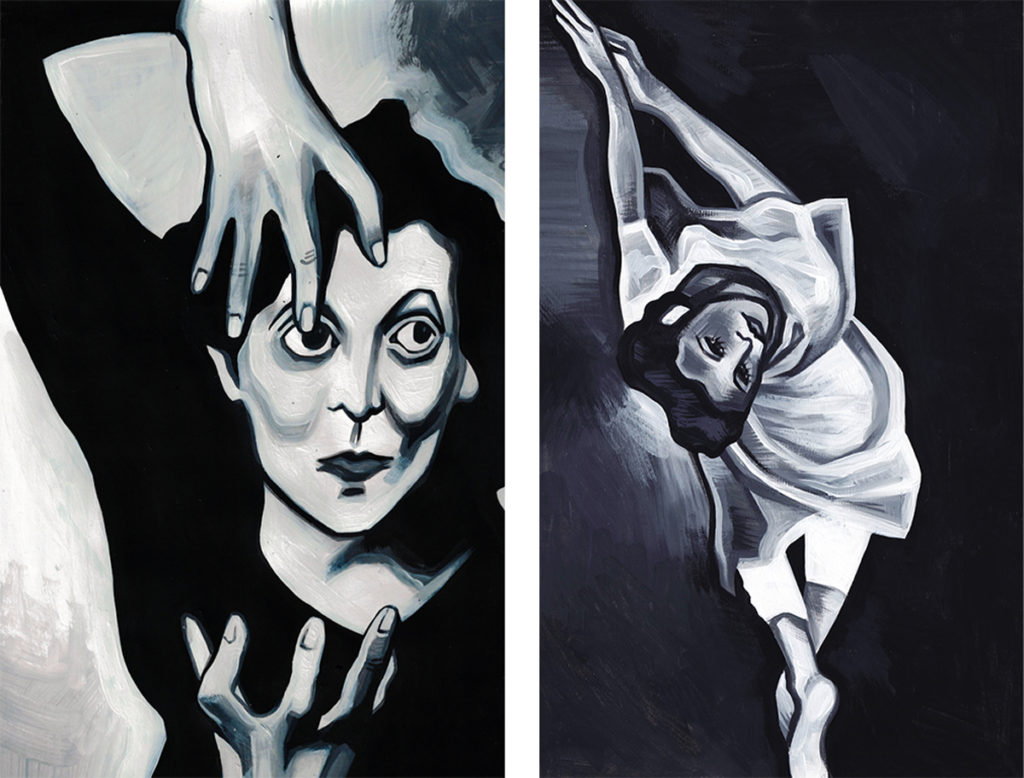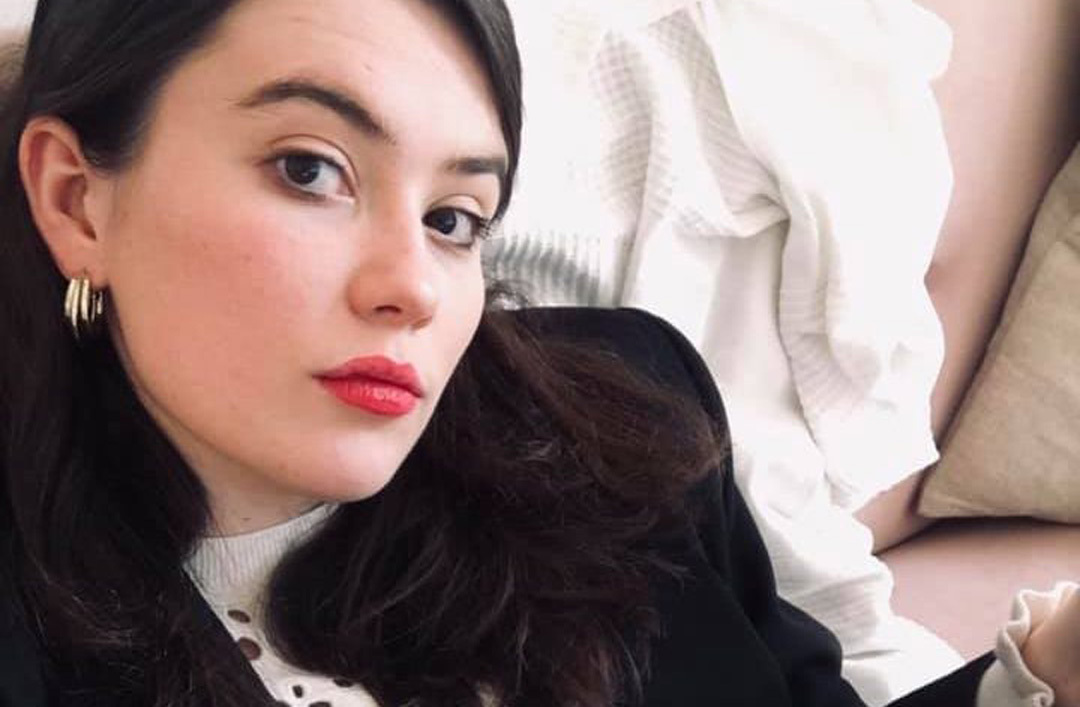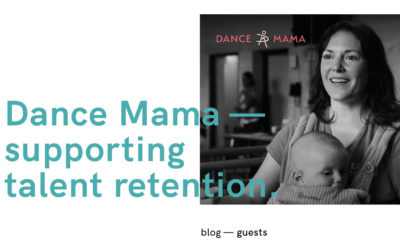By Emily May
Back in 2016, renowned choreographer Akram Khan responded to concerns within the dance sector about the lack of female choreographers by stating numbers shouldn’t be increased “for the sake of it.” As an aspiring female dance writer at the time, this comment was perplexing. All around me I could see talented female creatives producing thought-provoking, engaging work. The majority of my mentors and people I looked up to were also women. To me, the issue wasn’t that we needed to magic female creatives out of thin air. They were already there, and just needed to be offered the same opportunities, commissions, stages, and attention as men.
The difficulty for women to rise to positions of power in the dance industry may come as a surprise to many considering the art form is often stereotyped as feminine. However, it has been the case throughout history. Even though Khan asserted in his initial statement that “…there was an imbalance before for male choreographers. Pina Bausch, Martha Graham – the godmothers of contemporary dance – they were the big figures before,” this doesn’t take into consideration that, to quote Luke Jennings’ rebuttal to Khan in The Observer, “these women and others like them carved out spectacular individual careers, they did so in wider professional and artistic environments dominated by men.” It also disregards the fact that many female dance pioneers have almost been erased from history: one of my heroes, Weimar interdisciplinary performer Valeska Gert, is at best a one-line mention in many history books, and the likes of African-American choreographers Katherine Dunham and Pearl Primus were not even mentioned during my undergraduate studies, highlighting how not only gender, but race, determines whose work gains prominence.
Despite being infuriated by Khan’s comments back in 2016, it wasn’t until four years later, in the midst of a global pandemic, that I decided I wanted to spotlight women in the dance industry creating amazing work despite the difficult circumstances. I also wanted to celebrate female pioneers from history whose contributions to the development of dance are often overlooked, or even misattributed to men.
![]()

Deborah Hay and Mary Wigman by Alyona Baranoff
The result was Terpsichore Magazine. Named after the Greek goddess of dance and chorus and also an allusion to historian Sally Banes’ seminal book on postmodern dance “Terpsichore in Sneakers,” Terpsichore started life as an Instagram account celebrating female dancers, choreographers, and bodies in motion. Posting information, images, and videos of female dance pioneers—both past and present—on a daily basis, I also share work by female visual artists who engage with movement and the female body as key themes in their work, hoping to draw parallels between the worlds of dance and visual art and create a greater level of conversation between the two disciplines in the process. Our Terpline series, for example, is a collection of an ongoing series of commissioned portraits by visual artist Alyona Baranoff. Collated chronologically on Terpsichore’s website, together they create an ever-expanding visual timeline of women who have made the dance world what it is today.
Reaching 2K followers after six months, and receiving a lot of feedback saying that the platform was very much needed, Terpsichore now also has its very own podcast. Talking to leading females from across the dance industry—whether they work in dance journalism, film, performance, choreography, or production—the idea was to give them a platform to speak about their lives, careers, and the female artists that have inspired them. To date, interviewees have included New York Times, Guardian, and Financial Times dance critic Laura Cappelle, Michael Clark company founding member Ellen van Schuylenburch, Birmingham-based choreographer Rosie Kay, dance film director Alla Kovgan—who directed the Cunningham 3D documentary—champion of African and Caribbean dance champion Beverley Glean MBE, and South Asian dance finalist of the inaugural BBC Young Dance competition, Vidya Patel.
Through my job as a dance writer and working on Terpsichore Magazine, it’s been such a privilege to be exposed to the wealth of inspiring women in dance at work today and in the past, and to share this via social media. We have so much to celebrate this International Women’s Day, but also, so much work still to do: the global pandemic is posing unprecedented threats to the dance industry as a whole, and you just have to take a quick look at Dance Data Project’s—an American organization advocating for women in dance through data analysis and metrics—Instagram page to see that the numbers are not where they should be. For this reason, I can’t wait to move forward with enthusiasm and optimism, and continue to champion female bodies in motion throughout dance history for many years to come.
Emily May is a British-born, Berlin-based arts writer and editor specialising in dance reporting and criticism. Since graduating in contemporary dance from Trinity Laban Conservatoire, she has contributed to a variety of publications across Europe and America including The Stage, Flash Art, The Brooklyn Rail, Dance Magazine, SLEEK, and Springback Magazine. She launched Terpsichore Magazine, a platform and podcast celebrating women in dance, in 2020.
@emilyjaynemag96
@terpsichore-mag



0 Comments